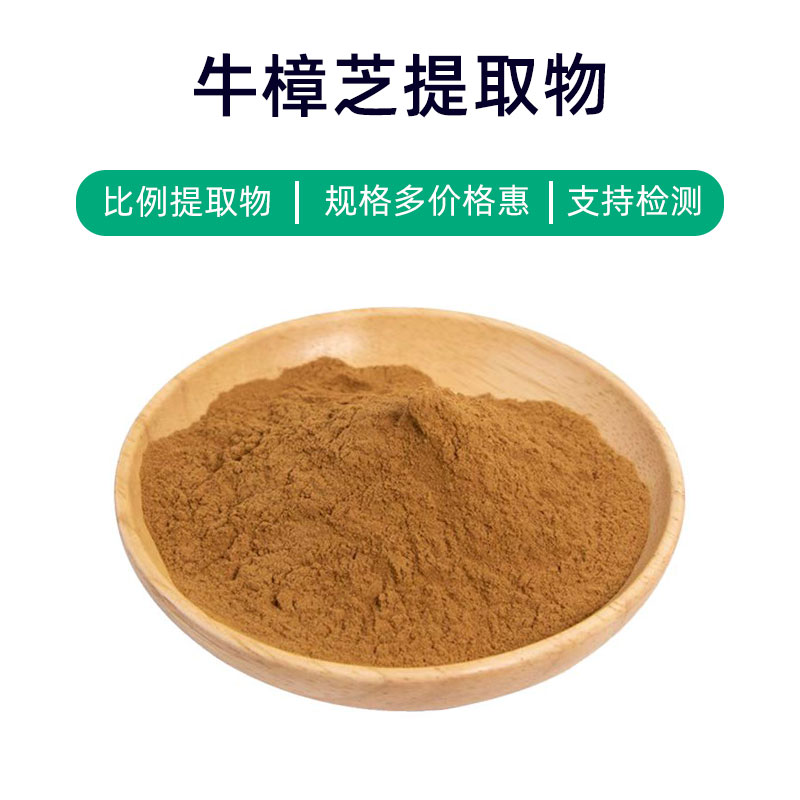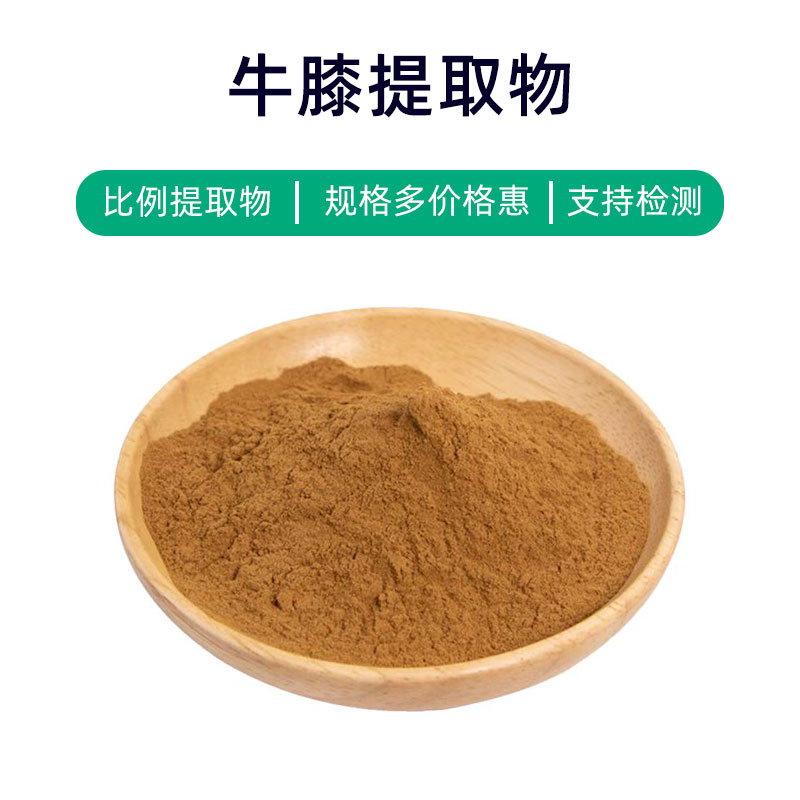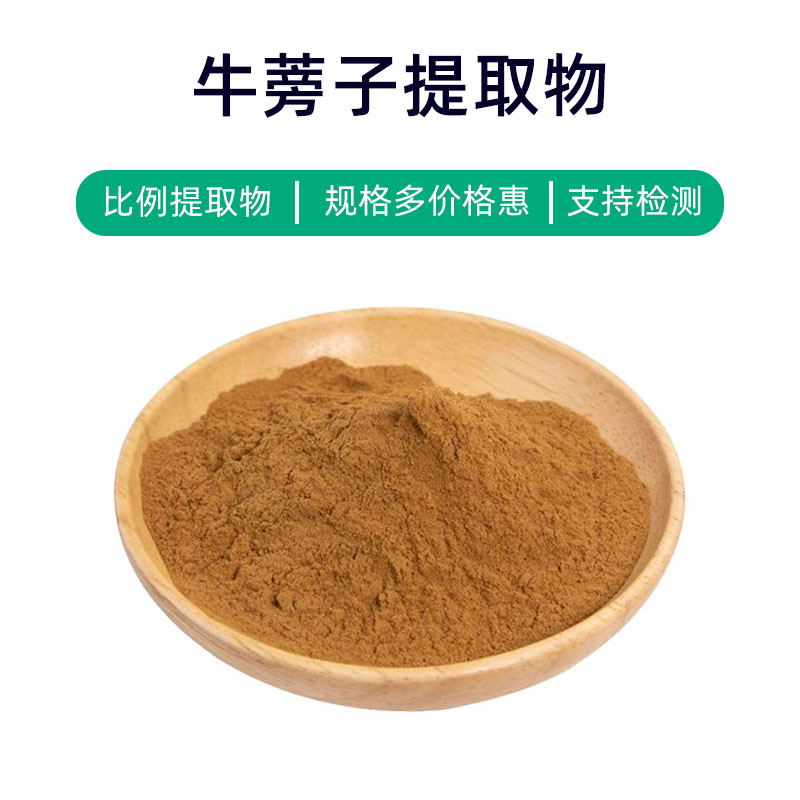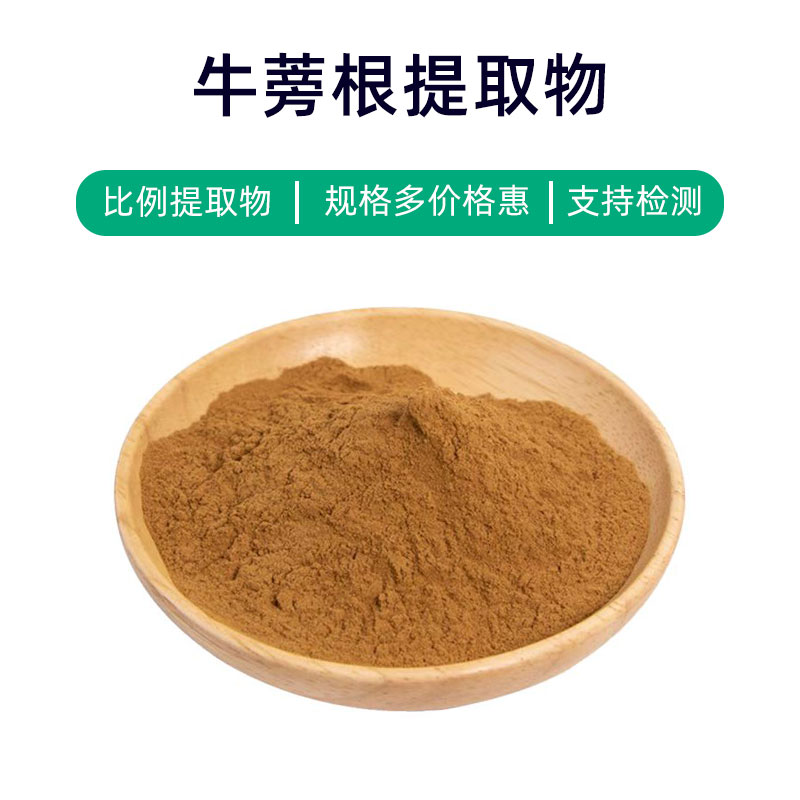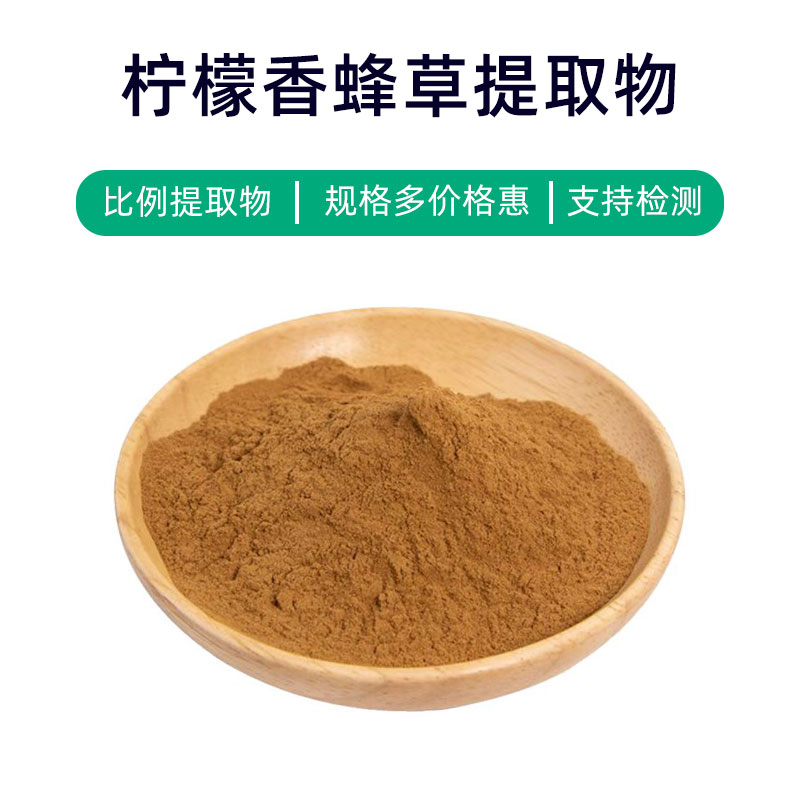Introduction to Litchi Leaf Extract
Litchi leaf extract is a natural plant extract derived from the leaves of the litchi tree. Its main constituents include polyphenolic compounds (such as catechins and anthocyanins), vitamin C, and alkaloids. Litchi leaf extract boasts antioxidant, anti-inflammatory, and skin care properties. Its antioxidant function helps neutralize free radicals, slows skin aging, improves skin elasticity, and reduces the formation of wrinkles. Additionally, it has anti-inflammatory effects, aiding in alleviating skin inflammation and discomfort. In cosmetics, litchi leaf extract is commonly found in skincare products like creams, masks, and serums to enhance antioxidant capacity, improve skin texture, and brighten complexion. In the pharmaceutical field, it is utilized as a natural medicinal ingredient to prepare drugs with antioxidant, anti-inflammatory, and antibacterial effects. Overall, litchi leaf extract has broad application prospects in beauty and healthcare.
Production Process for Litchi Leaf Extract
The production process for litchi leaf extract typically includes the following steps:
- Harvesting: First, select healthy, pest-free litchi leaves for collection. The best time to harvest is usually in the early morning or late evening, avoiding high-temperature periods.
- Washing: The harvested litchi leaves must be cleaned to remove impurities, dust, and pesticide residues. Use clean water to ensure the quality of the leaves during the washing process.
- Chopping: Clean litchi leaves need to be chopped to increase extraction efficiency. Typically, a chopper or cutting machine is used to grind the leaves into fine particles.
- Extraction: The chopped litchi leaves undergo extraction, commonly using methods such as water extraction, ethanol extraction, or supercritical fluid extraction. During extraction, control the temperature, time, and solvent concentration to ensure the quality of the extract.
- Filtration: The extracted litchi leaf liquid needs to be filtered to remove suspended solids and impurities, yielding a pure extract.
- Concentration: The filtered extract is concentrated using methods like vacuum concentration or spray drying, bringing the extract to a specific concentration for further processing and application.
- Drying: The concentrated litchi leaf extract requires drying to reduce moisture content and extend shelf life. Common drying methods include air drying and vacuum drying.
- Packaging: Finally, the dried litchi leaf extract is packaged using suitable materials and methods to ensure product quality and safety.
These are the basic steps for the production process of litchi leaf extract. Specific operations may need to be adjusted and optimized based on the actual conditions and requirements of the manufacturer.
Effects and Side Effects of Litchi Leaf Extract
Litchi leaf extract is a botanical extract with several beneficial effects, primarily including:
- Antioxidant Effects: Rich in various natural antioxidants like polyphenolic compounds and vitamin C, it can neutralize free radicals in the body, delay cellular aging, and protect cells from oxidative damage.
- Anti-inflammatory Effects: Studies have shown that litchi leaf extract possesses considerable anti-inflammatory properties, which can alleviate inflammatory responses and discomfort associated with inflammatory diseases.
- Blood Sugar Regulation: It contains active components that may help regulate blood sugar levels and improve insulin sensitivity, assisting in the prevention and management of diabetes.
- Mental Alertness: With caffeine and other components, it provides stimulant effects, enhancing alertness and focus, thus improving cognitive abilities and memory.
- Antibacterial Effects: Some active ingredients in litchi leaf extract exhibit antibacterial and antimicrobial properties that help suppress bacterial and fungal growth, aiding in the prevention and treatment of infectious diseases.
- Digestive Improvement: The extract contains rich fiber and tannins that promote the secretion of digestive juices, enhance intestinal motility, and improve digestive function, alleviating dyspepsia and gastrointestinal discomfort.
- Antiallergic Properties: Certain constituents have antiallergic effects, reducing allergic reactions and alleviating symptoms, providing some auxiliary benefits in treating allergic diseases.
Litchi leaf extract is generally regarded as safe due to its natural origin, but individual responses may vary, with some individuals potentially experiencing allergies or intolerance. Therefore, it is advised to conduct a skin test before use, and to discontinue use and seek medical advice if any adverse reactions occur.
Application Scenarios, Dosage, and Administration of Litchi Leaf Extract
Litchi leaf extract has wide applications in pharmaceuticals, food, and cosmetics. Below is an overview of its uses and dosage in various fields:
- Applications in Pharmaceuticals:
- Uses: In the pharmaceutical field, litchi leaf extract is primarily used in the formulations of traditional medicine or as a component of herbal medicine, often for its ability to clear heat, detoxify, cool blood, and regulate the stomach.
- Dosage: Typically, medicinal litchi leaf extract is prepared according to medical prescriptions in forms such as traditional herbal decoctions, granules, or oral solutions. Actual dosages should be adjusted based on medical advice.
- Applications in Food:
- Uses: In food processing, litchi leaf extract is often added as a natural plant extract to enhance nutritional value and flavor, commonly found in tea beverages, fruit juices, and alcoholic drinks.
- Dosage: Generally added according to food processing recipes, typically in smaller quantities, adjusted according to actual needs, with a recommendation not to exceed the specified limits in production recipes.
- Applications in Cosmetics:
- Uses: Litchi leaf extract is commonly used in cosmetics for its moisturizing, antioxidant, and anti-inflammatory properties, suitable for facial skincare products and hair care formulations.
- Dosage: Added according to cosmetic formulation requirements, usually within a concentration range of 0.1%-2%. Specific dosages can be adjusted based on the characteristics and efficacy of the product.
As a natural plant extract, litchi leaf extract is relatively safe for use in pharmaceuticals, food, and cosmetics. However, adherence to reasonable dosages and production standards is essential to ensure the quality and safety of the products. If any adverse effects or allergic reactions occur during use, it is advisable to stop use and seek medical attention.
Overview of the Source Plant of Litchi Leaf Extract, Distribution, and Growth Environment
Litchi (scientific name: Litchi chinensis Sonn.) is a common subtropical fruit tree, and its leaves are referred to as litchi leaves. Below is an introduction to the source plant for litchi leaf extract, its distribution, and growth environment:
- Source Plant:
- Litchi (Litchi chinensis Sonn.): A tropical evergreen tree belonging to the Sapindaceae family, native to southern regions of China, including Guangdong, Guangxi, Fujian, Yunnan, and other provinces. The litchi tree has a beautiful shape and thick leaves, making it an important economic fruit tree.
- Distribution:
- Southern China: Litchi is mainly distributed in southern China, particularly in Guangdong, Guangxi, and Fujian provinces. The warm and humid climate in these areas is conducive to the growth and development of litchi fruit.
- Other Asian Countries: Litchi is also present in other Asian countries like India, Thailand, and Vietnam, but China remains the primary production area.
- Growth Environment:
- Climate: Litchi thrives in a warm, humid climate, with an optimal growth temperature of 20-28 degrees Celsius, requiring specific temperature and humidity conditions, including ample sunlight and rainfall during the growing season.
- Soil: Litchi prefers loose, fertile, well-drained sandy loam or loam, is highly adaptable to acidic soils, but is intolerant of alkaline soils.
- Growth Traits: Litchi is a tropical evergreen tree, with a dense canopy and upright trunk. The bark is grayish-brown, with alternate, long oval or elliptical leaves that are entire, glossy, and dark green on top with a lighter underside.
- Growth Areas: Primarily found in hilly, mountainous, or river valley regions, litchi typically grows below altitudes of 300 meters.
The growth environment of litchi leaves significantly impacts their composition and quality; only litchi leaves cultivated under favorable climatic and soil conditions can yield high-quality litchi leaf extract.
Processing and Storage of Litchi Leaf Extract
The processing of litchi leaf extract mainly involves the following steps: after harvesting, the litchi leaves need to be cleaned, impurities removed, and dried before extraction. Common extraction methods include water extraction and alcohol extraction, with the resulting litchi leaf extract undergoing concentration, filtration, freeze-drying, and other processes to yield the final extract. When storing, the litchi leaf extract should be kept in a cool, dry place, away from direct sunlight and high temperatures, sealed to prevent moisture intrusion while avoiding oxidation and mold growth. The shelf life of the extract is generally lengthy but is recommended to be used within one year of the production date to ensure its quality.
Monica Sun is a seasoned expert in the plant extraction industry with over a decade of experience in research and production. She specializes in the extraction and purification of plant active ingredients, focusing on driving innovation in natural product applications. Monica has participated in the development of multiple functional plant extracts, delivering high-value natural raw material solutions for the health food, pharmaceutical, and dietary supplement sectors.









